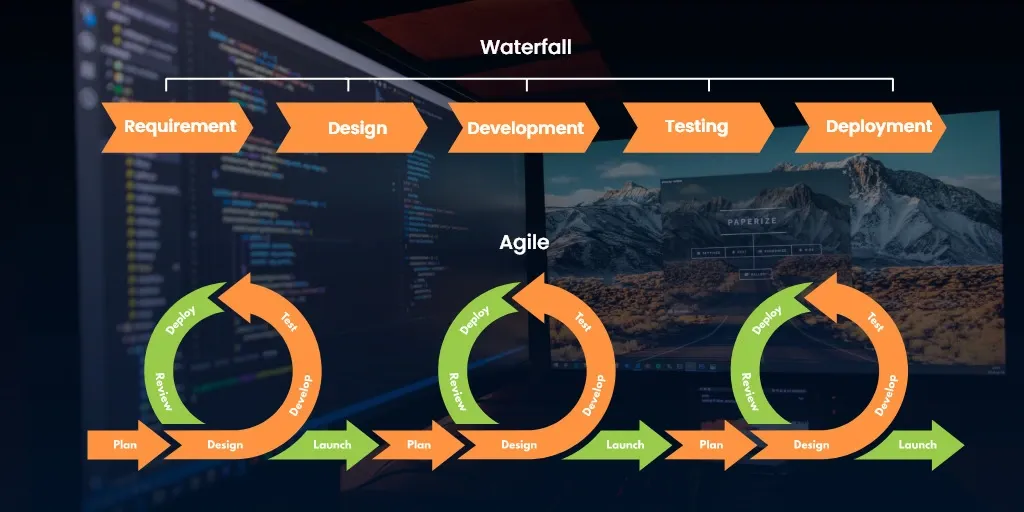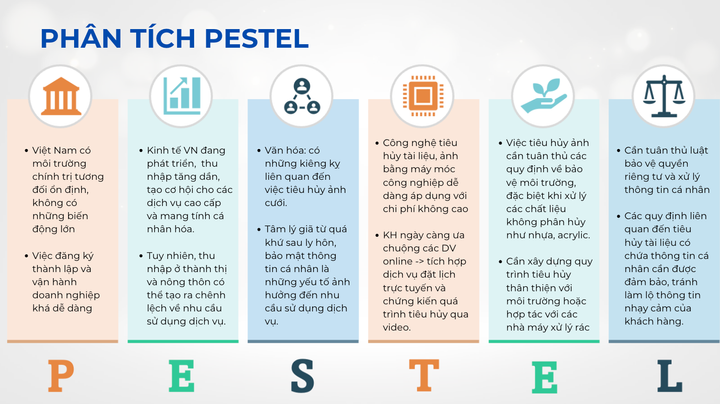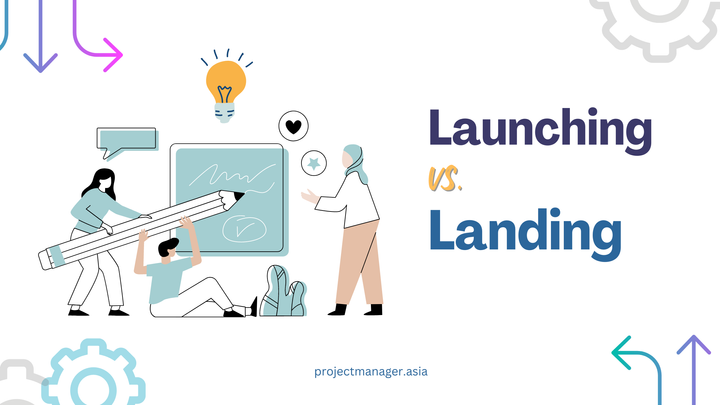Waterfall vs. Agile: A Comprehensive Guide to Choosing the Right Project Management Method

In the world of project management, choosing the right methodology is pivotal for ensuring a successful outcome. Two prominent approaches, Waterfall and Agile, have gained significant attention. This article delves into the core principles of both methodologies, explores their advantages and disadvantages, and provides insights to help you make an informed decision for your next project.
Waterfall Methodology
What is Waterfall?
The Waterfall methodology is a linear and sequential approach to project management. It follows a structured path, where each phase must be completed before moving on to the next. The typical stages of a Waterfall project include requirements, design, implementation, testing, deployment, and maintenance.
Pros of Waterfall:
- Clarity: Waterfall provides a clear and structured plan from the start, making it easier to define project requirements.
- Documentation: Extensive documentation ensures thorough understanding and traceability.
- Stability: Once a phase is complete, it rarely requires revisiting, providing a sense of stability.
Cons of Waterfall:
- Rigidity: Limited flexibility can make it challenging to adapt to changing requirements.
- Late Feedback: Stakeholder feedback is usually incorporated at the end, which can lead to costly changes.
- Longer Timeframes: The sequential nature may result in longer project timelines.
Agile Methodology
What is Agile?
Agile is an iterative and flexible project management methodology that emphasizes collaboration, adaptability, and incremental progress. It divides a project into small, manageable units called sprints, where cross-functional teams work collaboratively.
Pros of Agile:
- Flexibility: Agile allows for changes and adaptations during the project, accommodating evolving requirements.
- Stakeholder Involvement: Continuous feedback and regular stakeholder interactions are encouraged.
- Higher Quality: Frequent testing and iterations often lead to a higher-quality end product.
Cons of Agile:
- Complexity: Agile can be more complex to manage, as it requires ongoing communication and coordination.
- Uncertainty: The lack of a fixed plan may make it difficult to estimate project completion dates.
- Resource Intensive: Agile may demand more resources in terms of time and personnel.
Comparing Waterfall and Agile
1. Project Type:
- Waterfall: Ideal for projects with well-defined requirements.
- Agile: Suited for projects with evolving or unclear requirements.
2. Flexibility:
- Waterfall: Less adaptable to changes.
- Agile: Highly adaptable to changes throughout the project.
3. Stakeholder Involvement:
- Waterfall: Limited stakeholder involvement until the end.
- Agile: Encourages continuous stakeholder feedback and collaboration.
4. Documentation:
- Waterfall: Extensive documentation.
- Agile: Emphasizes working software over comprehensive documentation.
5. Project Duration:
- Waterfall: Longer project timelines.
- Agile: Shorter, iterative project cycles.
6. Risk Management:
- Waterfall: Risk is managed upfront.
- Agile: Risk management is ongoing.
Choosing between Waterfall and Agile depends on your project's unique characteristics, stakeholder needs, and your team's preferences. Waterfall provides stability and structure, making it suitable for well-defined, low-change projects. In contrast, Agile offers adaptability, ideal for dynamic projects with evolving requirements.
Ultimately, the choice between Waterfall and Agile is not about which is inherently better, but which aligns best with your project's specific demands. Successful project management often involves tailoring the methodology to your project's unique needs, striking a balance between structure and adaptability. It's essential to assess your project's requirements, team dynamics, and stakeholder expectations to make an informed decision that maximizes your project's chances of success.



Comments ()